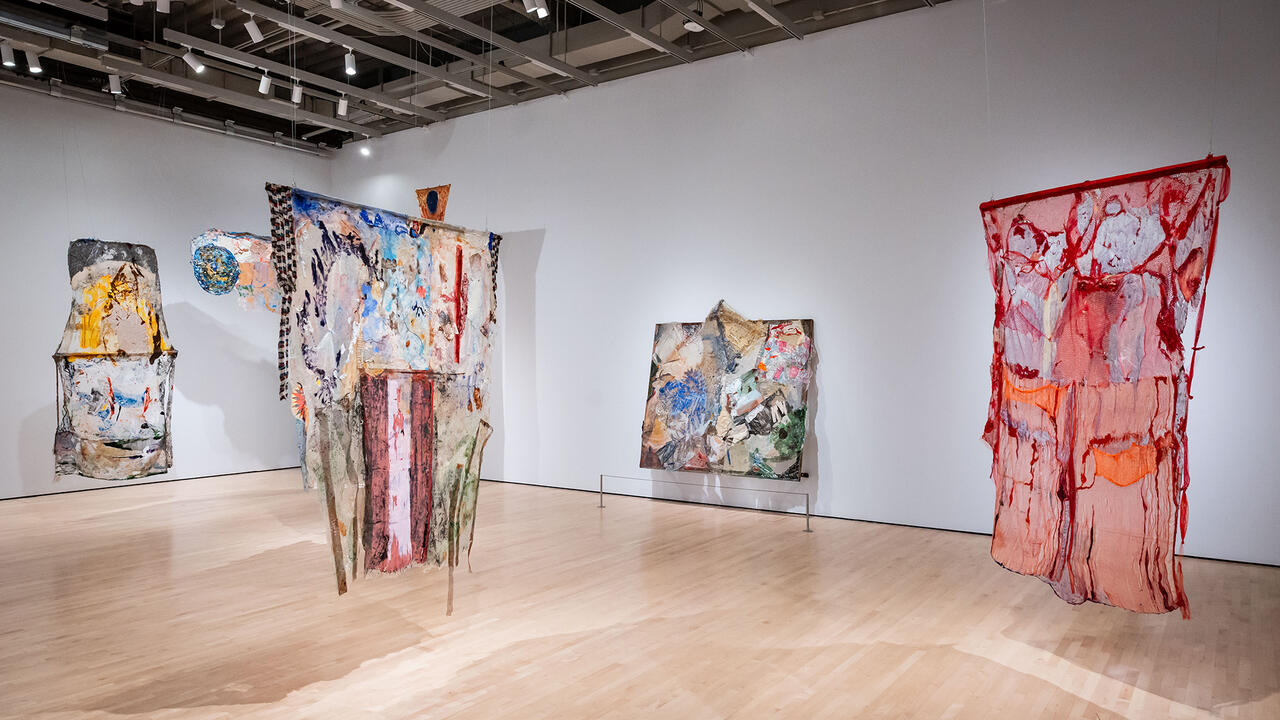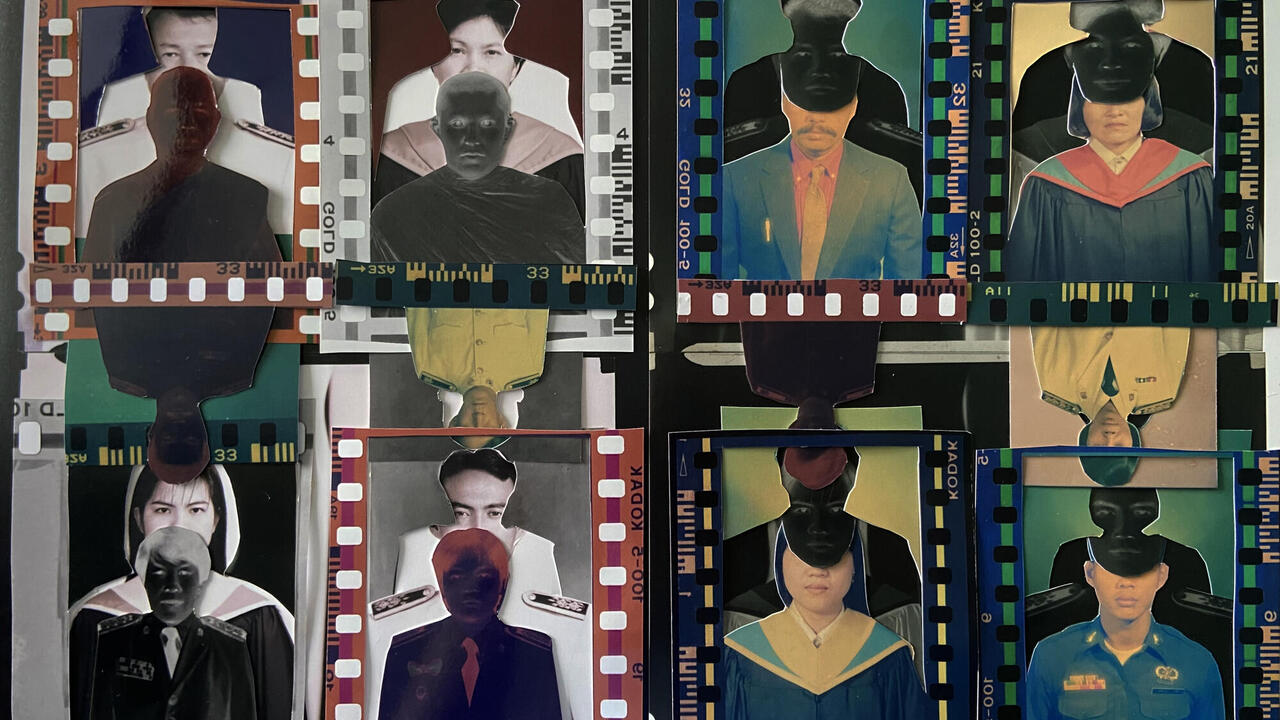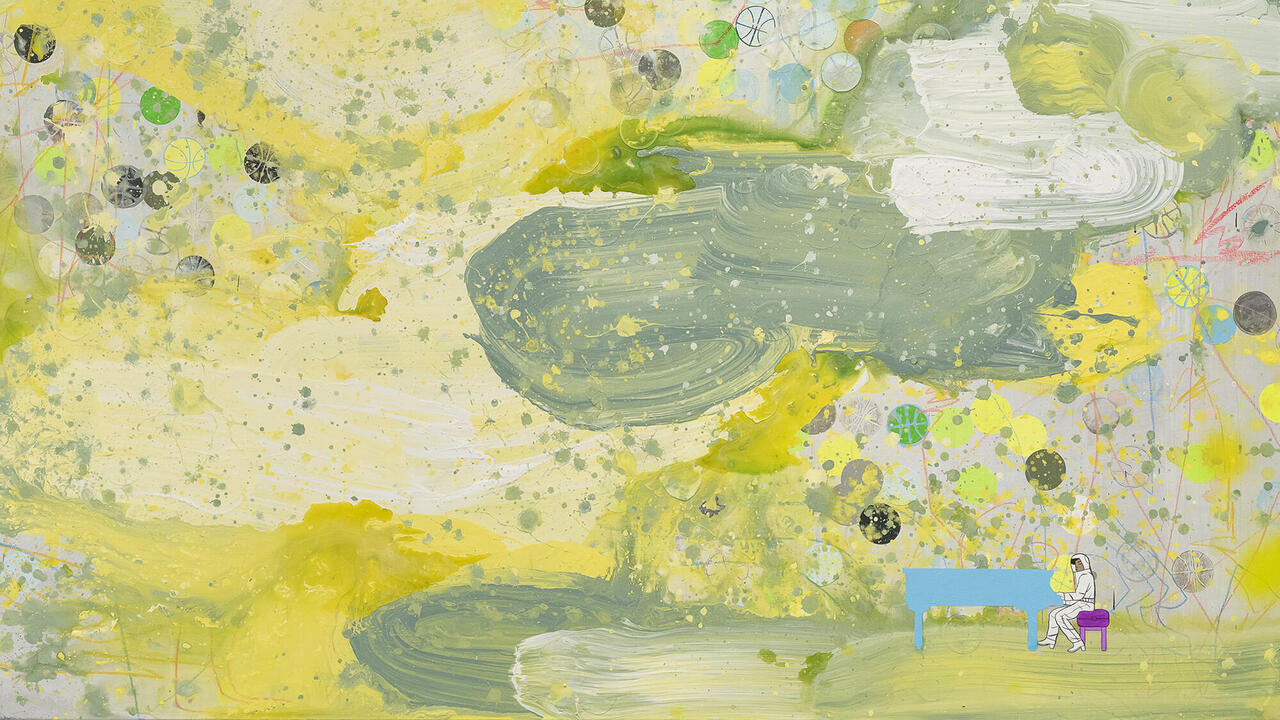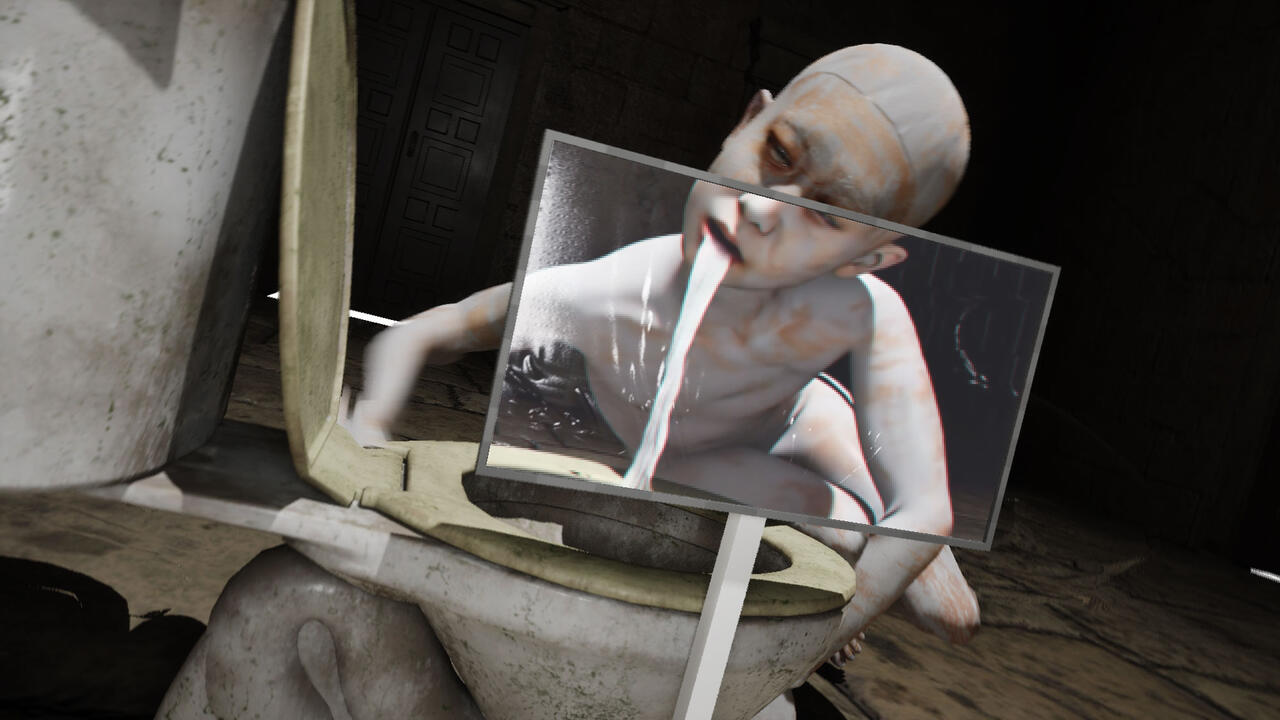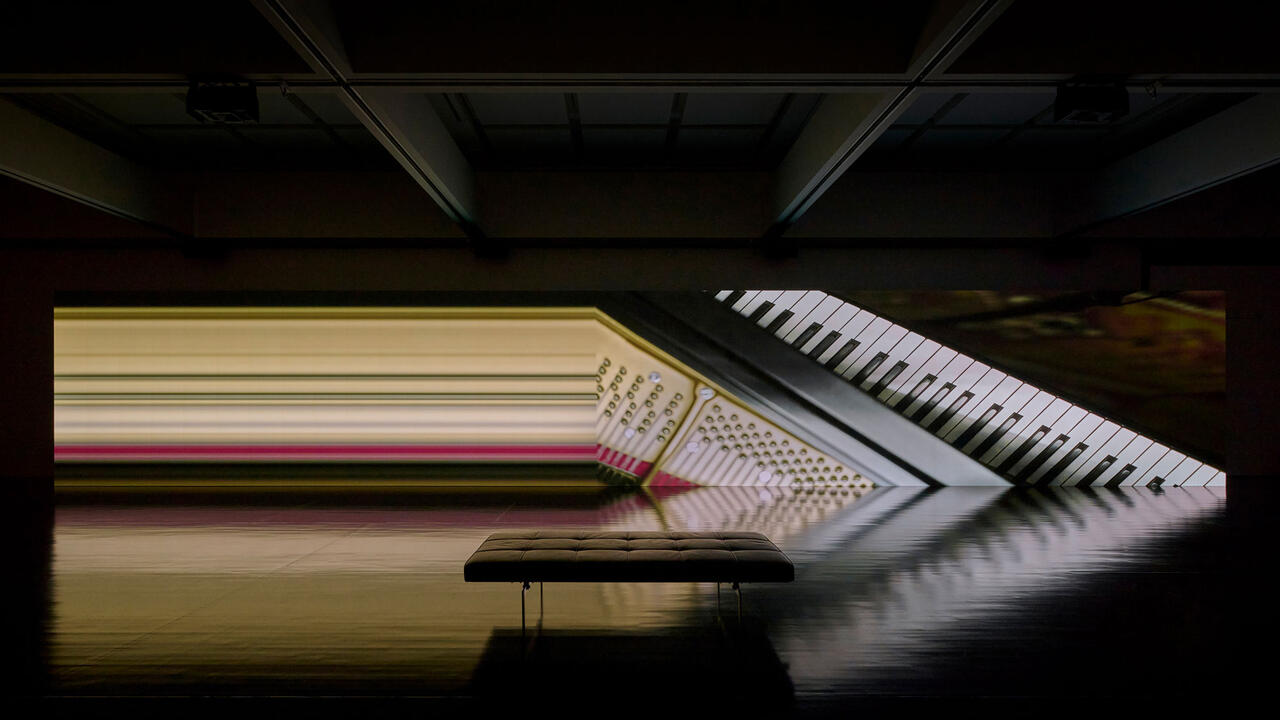Inside-Out and Outside-In
The reopening of SFMOMA
The reopening of SFMOMA

The San Francisco Museum of Modern Art’s renovation, and the press about it, has been an exercise in superlatives. The architectural suturing of a 235,000 square foot addition to a 225,000 square foot parent building expands the ‘old’ museum’s indoor and outdoor gallery space by two-and-a-half times, the education space by four times, and the performance and event space by eleven times. The result is the largest modern art museum in the United States, at least for now, including the largest gallery and interpretive space permanently devoted to photography of any museum in the country. Of course, any description of San Francisco, itself, is an exercise in superlatives, and the museum’s claims reflect not only the city’s concentration of resources but also Bay Area’s muscular ethos of growth and change. A tangible manifestation of these forces, the new SFMOMA, the brand as well as the building, focuses on collectors and the prominent role they play in propelling the museum forward. Indeed, the impetus for the expansion is the ‘groundbreaking 100-year partnership to show the [1,100-work] Doris and Donald Fisher Collection, one of the world’s greatest private collections of postwar and contemporary art’ and the museum’s Campaign for Art which, since 2009, has brought in the ‘promised and outright’ donation of more than 3,000 artworks. (It may be a coincidence, but ‘Collected’, featuring works from nine local collectors, is the current show at San Francisco’s Pier 24 Photography — a 28,000-square-foot ‘gallery,’ not museum — that, itself, claims to be the largest photography-only venue in the world.)
The quantitative achievements of museum expansions often exceed the qualitative ones. It’s not simply about the potentially unhealthy mix of art and money and the desire of museums to become architectural destinations. It’s also a question of whether new buildings, bigger buildings, too-big-to-fail buildings, justify themselves. At the new SFMOMA, which opened on 14 May, 20 exhibitions – although even that number seems inflated – offer plenty of opportunities to collect the data.

Outside the Museum
When SFMOMA moved to its then-new Mario Botta-designed edifice in 1995, it relinquished a space that was not only inadequate to its growing collection but also technologically obsolete in terms of both climate control and seismic safety. These deficiencies undermined the museum’s capacity to protect its collection, attract donations of art to expand it, and host travelling exhibitions. The museum had to build in order to sustain any relationship to the definition of a modern art museum: one whose collection binds and rebinds itself with its community through ongoing relationships to both collectors and visitors and which depends on high-profile temporary exhibitions to attract feet and eyeballs. The Botta building was an enormous improvement over SFMOMA’s previous quarters, two cramped floors in the War Memorial Veterans Building. With the 2009 Fisher commitment and inauguration of the Campaign for Art, expansion beyond the Botta building became a foregone conclusion.
From the outside, the museum looks like two entirely different buildings, a monument to the distinction between old and new: Botta’s iconic squat brick and stone parent, and the architectural firm Snøhetta’s much taller scion of white, polymorphic, high-tech tile. From the inside, the flow of galleries blends old and new almost seamlessly. The dichotomy of outside and inside becomes a metaphor for the museum. Facing outside, SFMOMA uses words such as ‘access’ and ‘permeability’ to describe its relation to the community: it has three entrances rather than one; free admission to the ground and second floors offering unticketed visitors works by Mark Bradford, Alexander Calder, Chris Johanson, Sol Lewitt, and Richard Serra (and, in late 2017, Julie Mehretu); and free admission to visitors 18 and under will make visits more affordable for families and for high school students. Facing inside, the museum uses words such as ‘immersive’ to describe not only the sheer amount of art on view, but also the pervasiveness of information technology to enhance the museum experience.

Nowhere in the museum is the sometimes fractious give and take between immersiveness and permeability more evident than in the divisions among the inaugural exhibitions, whose premise seems to be the partnership between inside – the museum and its curatorial staff – and a different sort of outside, the community of collector–donors. At the press preview, SFMOMA Director Neal Benezra predicted that such private collector–museum collaborations might very well emerge as the new model for sustaining art museums. No better example of this model exists than the Fisher–SFMOMA undertaking, as notable for its 100-year commitment, both long and limited at the same time, as for its thousand-work bulk and billion-dollar value. So committed is Benezra to this vision that he and museum staff such as Curator of Education and Public Programs Dominic Willsdon are planning a public symposium – ‘The Private Public Museum’ (tentatively scheduled for January 2017) – to be preceded by a series of commissioned short essays, published on SFMOMA’s blog Open Space.
Inside the Museum
The largest of the current exhibitions – the five shows that present 260 works from the Fisher Collection, and the four exhibitions that present more than 600 selections from the Campaign for Art – separate themselves from each other and from the museum’s permanent collection. As a result, works by the same artist appear on different floors, reflecting not different periods or media, the most common reasons for separation, but different provenance. This seems all the more disappointing because in the Fisher Collection, rooms full of paintings by artists such as Gerhard Richter, Anselm Kiefer, or Agnes Martin build into a crescendo as work after work reveals an artist’s mastery as well as their artworks’ mystery, an experience denied to other artists whose works are more dispersed. Further, in the Campaign for Art galleries, the relationships among single works by multiple artists does not always achieve the felicitous interchange that curators no doubt intended. These divisions reflect the outside coming inside and bumping about, the unsettled partnerships between private collectors and public institutions that Benezra presents as the new necessary.

Yet this lumbering giant is gentle. Although some transitions are awkward, particularly from the crescendo of the Fisher Collection galleries to the variations in the Campaign for Art galleries, the art is not. The stretching of a visitor’s capacity to absorb, breaks nothing in the process. The good news is that the museum promises that the division-by-collection model will dissolve. After the inaugural exhibitions – some of which run through the fall, others into 2017 – curators will be free to integrate Fisher Collection works with pieces from the permanent collection in a range of exhibitions, and Campaign for Art donations – some of which are gifts, others pledges or bequests – will be part of the permanent collection depending on arrangements made with their benefactors.
In the midst of all this abundance and architectural exuberance, the curators have exercised, of all things, restraint. At the press opening Snøhetta co-founder Craig Dykers talked about ‘palate cleansers,’ the instances when the museum’s design offers respite from the museum’s bounty, and Benezra referred to the much higher quality of the expanded collection. Though these assessment conform to the mandatory media-speak that dominates such openings, Dykers was right: the multiple terraces, open spaces, long staircases, the moments of architectural glee, all calm the spirit. And Benezra’s words were also rang true. From ground floor to seventh, dozens of works stood out. While no one is going to be compelled by everything, it is much easier to become immersed in the art when the art is compelling.

The words of Dykers and Benezra came together in galleries that, themselves, offered moments of suspension, as if the idea of palate cleanser had been incorporated into the dish itself. Throughout the museum, curators resisted overstuffing galleries, introducing more space between artworks and, notably, between artworks and their labels, allowing viewers to experience the work without the immediate interjection of other work or distraction of explanatory text. ‘About Time: Photography in a Moment of Change’ is the rare thematic show that demonstrates how such curatorial restraint can balance curatorial ambition to create moments during which each photograph flows into and out of its neighbours, the theme standing as a propitious forum for reintroducing long-lost friends rather than an arbitrary organizing principle for gathering objects that would otherwise have gathered dust.
I felt other moments of suspension most acutely in the Agnes Martin gallery, the ‘Alexander Calder: Motion Lab’, and several video screening galleries. SFMOMA has long embraced video and film. In the new museum, for the first time, video takes its equal place among other media. In the inaugural exhibitions, works by William Kentridge, Shirin Neshat, and Jananne Al-Ani, in particular, offer both darkened sanctuary and lyrical evocations even of disturbing situations, highlighting the potency of the image-sound alliance that video and film deliver.

Behind the Museum
Does SFMOMA’s new building justify itself? Yes. Through a set of skillful choices, curators have maximized the substantial resources of the Fisher Collection, the Campaign for Art, the permanent collection, and the bounty of increased space without overwhelming the quality – of both art and the viewing experience – with quantity. Still, the emphasis on partnership, however wise for the institution, evokes the eerie underside of urban living in the contemporary US. Cities, and San Francisco is exhibit A, claim they are forced to attract businesses with tax breaks and other incentives in order to sustain the metropolis, and, likewise, are forced to cater to the needs of the changing population that accompanies these businesses, even if such decisions make the city too expensive for many existing residents. In the lingo of Silicon Valley, disruption is creative, necessary, and good. But in the vernacular of the folks who used to live in the South of Market area before the arrival of the Botta building – and the Yerba Buena Gardens and Center for the Arts across Third Street from the museum – the disruption is not good, not nearly creative enough.
Knowing this history does not diminish the gifts the new museum offers. But the inside-outside metaphor, the talk of access, immersive experiences, free spaces, and free admissions, serve only to lay before us the unavoidable conflicts that those of us who love museums, as well as cities, face. SFMOMA, with its enormous wealth, its clever approach to partnering with collectors and donors, and its skillful manoeuvering to deliver ‘culture’ to the community, cannot help being caught up in the ‘juggernaut’ – used to describe the May 18 arrival of Gagosian just across Howard Street from SFMOMA and the April 27 launch of the Pace Gallery outpost in Palo Alto – at the heart of Silicon Valley. Money and art are inextricably linked – according to the World Cities Culture Report 2015, San Francisco ‘has the highest number of artists and arts organizations per capita compared to any other major city in the United States’. And institutions like SFMOMA serve both.

Unfortunately, it is hard for some of us who know the city’s history to walk around the museum and not recognize that the growth in wealth that has funded these donations of artworks (and the expansion itself) has, as a side effect, resulted in the displacement of people whose lives were rooted here and disruption to local residents which local planners have failed to address. SFMOMA must contend with that history, even if it preceded its move downtown. It’s too early to say whether the museum, with its private-public partnership, can, even with its emphasis on access, successfully challenge the system on which it depends, or at least respond to critiques like those of Charles Desmarais to represent, better than the Fisher Collection, for example, women artists, artists of colour, and local artists. Desmarais critiques the inaugural exhibitions for ‘curation by donation,’ and wonders whether the Bay Area can be more than ‘import[ers] of art’ and, instead, reclaim its heritage as a ‘generator of culture’? This is the question the SFMOMA must ponder as it faces outwards: which community is it seeking to address? In our era of superlatives, even the best intention to focus locally finds itself in tension with ambitions to become an international tourist icon and museum powerhouse. Other institutions – for example, Yerba Buena Center for the Arts, which, until 15 August, is showing an impressive exhibition called Take This Hammer: Art + Media Activism from the Bay Area – grapple with these issues by featuring the socially engaged art of regional artists.
To its great credit, SFMOMA, more than most art institutions, creates the conditions for visitors to experience each gallery as more than a lesson in art history and more than a spectacle of architectural excess. The friction between outside and inside turns out to be precisely the point: art may seem inadequate in the face of other tasks of living, but it must exclude those external factors during the moments of contemplation it kindles. And those other tasks of living, despite their urgency, seem impotent to resist the power of art to assert its own capacity to regenerate us. In this regard, SFMOMA might be just the powerhouse we need to prepare us to face the great big outside itself.









